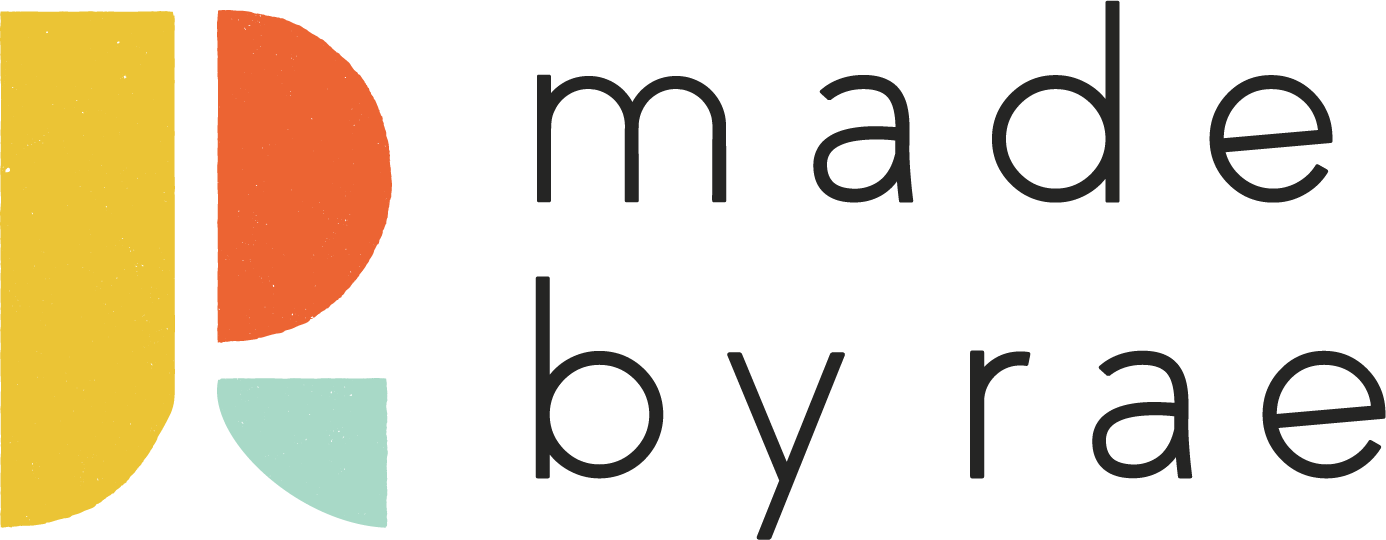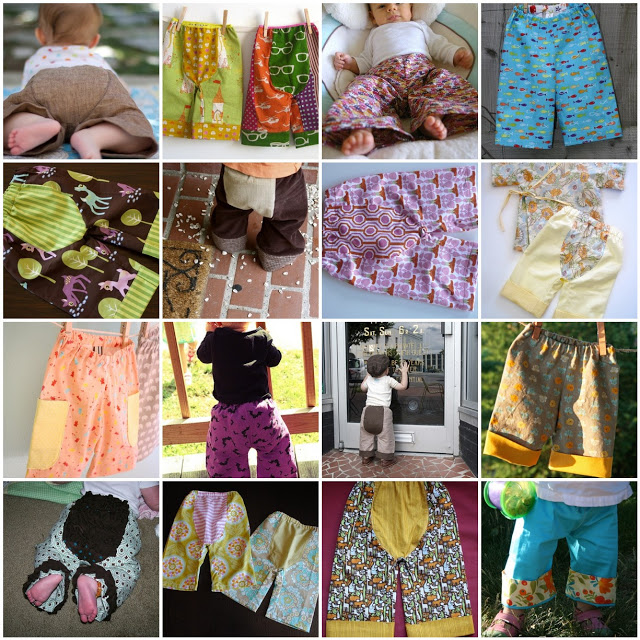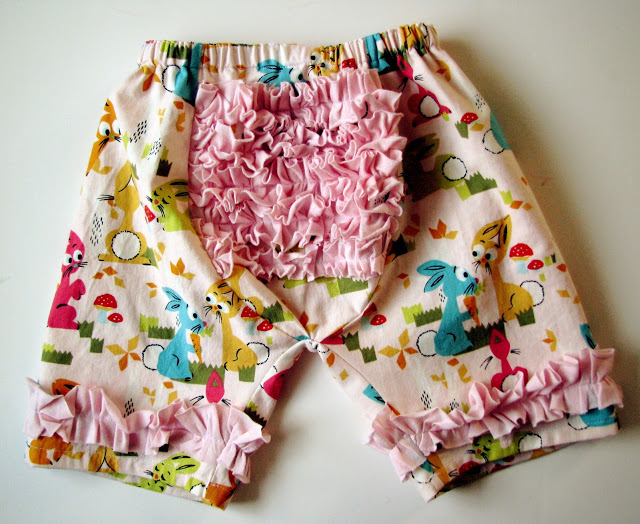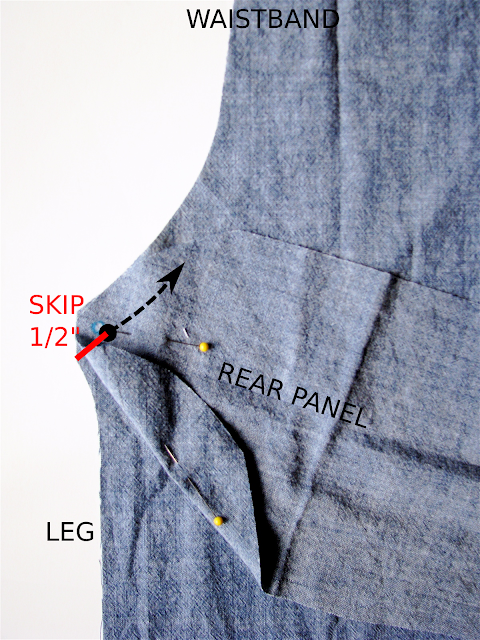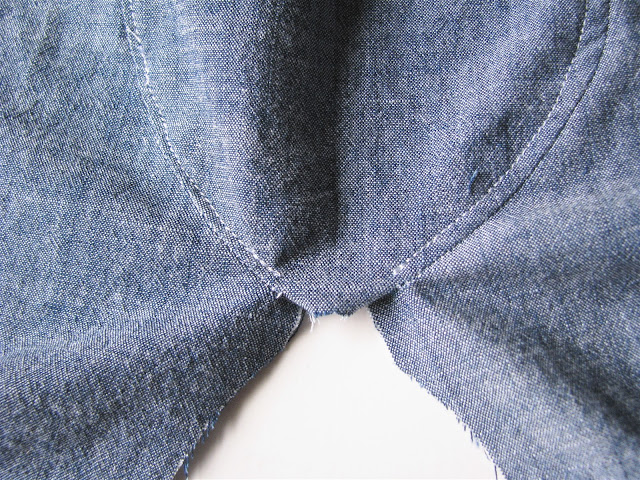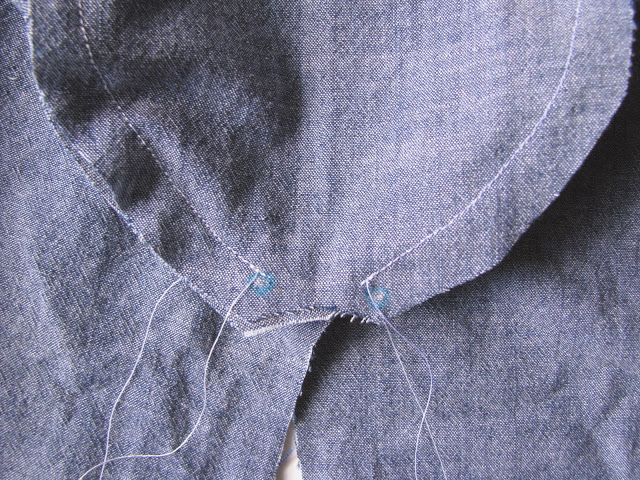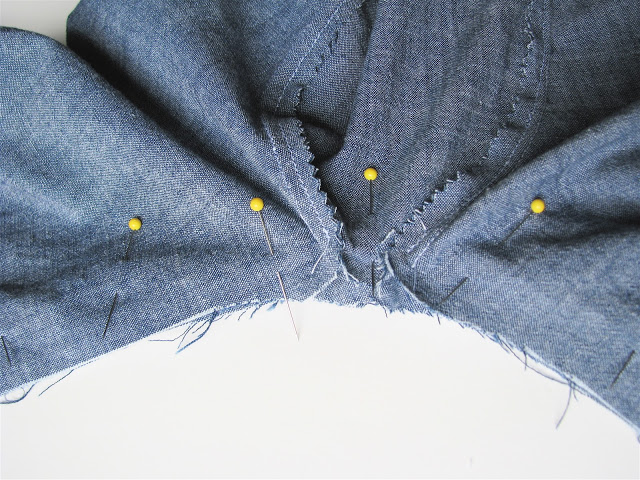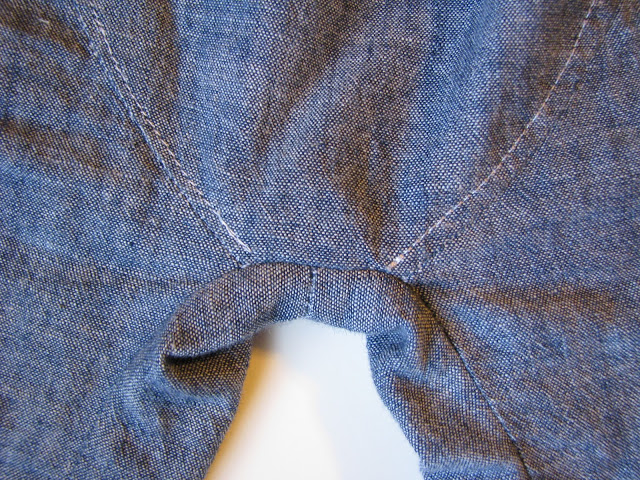Big Butt Baby Pant Trickiness
Row 1: 1. Linen big butt baby pants, 2. kcwc 2, 3. Liberty for Target Big Butt Baby Pants, 4. Big Butt Baby Pants,Row 2: 5. Deer Butt, 6. KCWC: B3P pants close-up, 7. Big Butt Baby Pants Back view, 8. big butt baby pants and kimono set,Row 3: 9. babypants4, 10. Her ginormo-booty makes me laugh, 11. open open open, 12. big butt baby pants,Row 4: 13. 031, 14. big butt baby pants by Made by Rae, 15. Baby pants, 16. Rae's Big Butt Baby Pants 12m - 2T
This fix involves a slight change in how you sew the rear seams, which is the very first part of the sewing instructions. Turn to page 3 to where it says:
Sew Rear Seams
If you find that sewing the rear seams like this makes the front of the pants longer than the back or vice versa (causing there to be a little extra on one side at the cuff), just trim it off so that it's even. Occasionally when the top fabric stretches more than the fabric on the bottom, I end up with a little extra, and that's what I do. Campy? Yes. But that's how I roll, people.I do want to say though that this usually only happens when my rear seam allowances are a little off. In this case the legs did come out the right length (yay!):
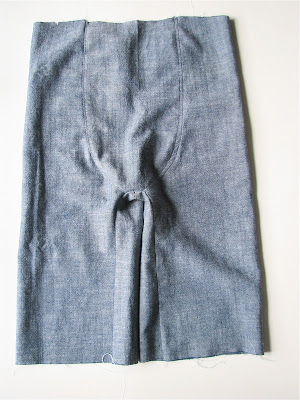 |
| at this point you would finish the pants up as instructed in the pattern |
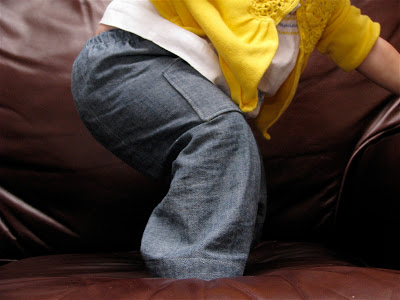 |
| the finished product (these were also blogged here) |
